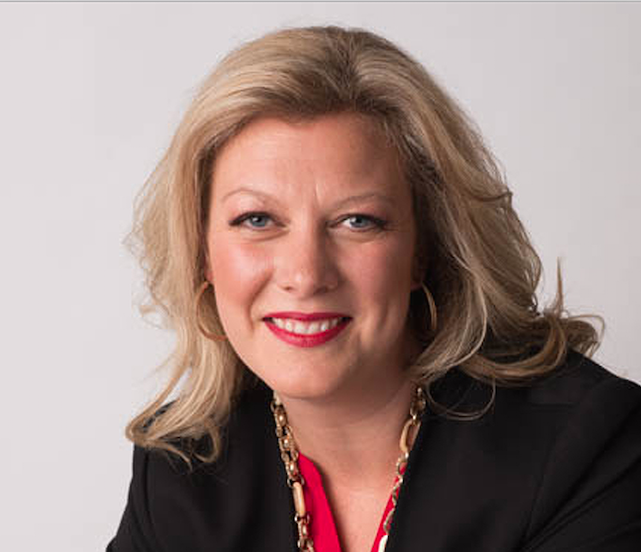Women in mining: Breaking down barriers to belonging

Central to Carter’s thesis is the need for mining to be able to retain global status while recognizing gaps in the proverbial corporate talent pipeline.
Carter said when it came to women, “it was next to nothing”.
With the volatility of today’s market, companies are focused on growing revenue and cutting costs. Both, Carter points out, require human capital, and said a current problem is, “you have to be able to speak to why human capital is a primary focus.”
“Since equity, diversity and inclusion became a topic of conversation, the main question that’s been asked is “how do we attract diverse talent, and have them fit into our culture?”
Research showed that employees have to feel like they belong to best succeed, in an “environment that fostered learning and growth,” Carter said. “Belonging acts as a powerful motivator for interpersonal behaviour and workplace performance.”
Research defined key indicators, results of behaviours that will be published in June. Here’s a sneak peak of the broader discussion:
MINING.com: What do you think is one of the most common misconceptions about the mining industry?
Carter: That they have clear governance in place.
MINING.com: What opportunities do you see for women in the industry?
Carter: I think there are a tonne of opportunities for women in the mining industry. The industry is in a critical mess right now, unless they start looking at marginalized groups, not just white women, that is women of all ethnicities, and women of all ages. One of the things that we see in a lot of male-dominated industries, is that women past a certain age who haven’t advanced in their career, are not valued.
We have the opportunity not only to recruit new talent coming into the working environment, but we have the opportunity to look outside the industry for diverse talent so the industry can go back into a growth space. In order for mining to start seeing things differently, they need to break up the demographics of what they currently have within the industry itself.
MINING.com: What barriers to inclusion are there at the C-suite level?
Carter: Its highly dependent upon the organization’s understanding of their current demographics. I would say the majority of organizations are likely unaware of how these demographics exist, and how they factor into their growth. For mining companies to start seeing the opportunity of developing their talent pipeline, they actually need to look back to what women exist, where, within the organization first.
We know, based on research, that gender and role are predictors of belonging. If we look at how those who identify as female move through the talent pipeline, we know there are massive gaps. Those gaps exist because organizations aren’t always aware of what their population is. They haven’t done the appropriate research to understand what their demographic is. And there is an illusion that there is meritocracy within organizational levels. Those elements are critical for looking at how women can move forward within the organization.
MINING.com: How do we begin breaking down points of resistance?
Carter: Inequity requires collective intentionality. It requires understanding and terminology that everyone can understand, and that can create purposeful action towards making an impact.
Register for Edumine Shift: Women in Mining here




